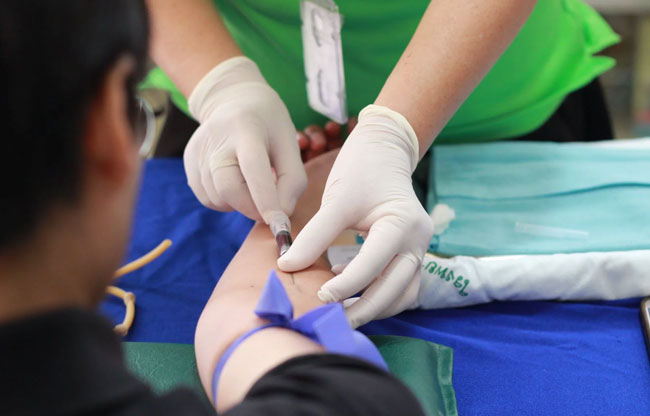
Public health has made a profound impact on the health of populations making people healthy and saving their lives. For example, in the United States in the time period from 1900 to 1999 people’s life expectancy has increased by over 30 years out of which 25 of these extra years that has improved are due to public health interventions. In this article, we’re going to take look at what public health is, how it’s different to clinical medicine, who’s responsible for doing it and how it’s done. First of all, let’s have a look at what health is – the World Health Organization defines “health as a state of complete physical mental and social well-being rather than a mere absence of disease.” This is a pretty straightforward and determined definition that prompts people to look beyond diseases and focus not only on the physical aspect of health but also on the mental and social aspects as well. Public health is the science and art of preventing disease, prolonging life and promoting health through the organized efforts of society. So how is it different from clinical medicine? Let’s take a look at an example, say someone has an accident and has a fractured arm. A clinician’s main focus is the immediate health problem that is fixing the fractured body part, therefore focusing on the individual.

The public health approach would be holistic in its nature and would focus on figuring out how and why this person had an accident so that steps could be taken to assess and prevent it from happening in the future. For example, why did the accident occur, was there a problem with his eyesight, was it poor knowledge of driving expertise or bad approach towards driving, was he under the influence of alcohol or drugs or any narcotic elements when he was driving, are there laws against this misuse and resources to enforce it, what is the community outlook or attitude this problem, does he have a good social support network that will help in his recovery or prevent this from happening again, was the road he was driving on a proper road, was he driving a safe car that was well-maintained, if not, why could he not afford it , does he have a profession that doesn’t pay well, why is that? Is it because he did not have access to proper education, was there adequate health services which would determine his treatment and recovery. As you can see from this example, health is determined by a multifaceted interaction between many diverse factors or determinants of health. These include distinct characteristics, way of life and conduct and also the physical, social and economic environments, the social factors, etc. In order to make a difference in health, actions need to be taken across all these different elements. Public health focuses on these variable factors to make changes that can benefit the health of the population as a whole. This seems like a very broad and difficult task.
So who’s responsible for Public Health? Ultimately the responsibility of crafting a healthy community rests with all segments of society. Health departments do have a vital role in public health, however improving the health of a population requires the synchronized efforts of a broad range of participants. This includes other areas of government, the private sector, non-governmental organizations, international organizations and communities to name a few, all united in their endeavours with a shared goal of improving the health of the public. Let’s have a look at how public health works, the World Federation of Public Health Association’s has developed a useful agenda to understand how public health is conveyed. There are three core service areas of Public Health and a group of initiators that ensure that these services can occur effectively and efficiently. The three core areas of Public Health are protection, promotion and prevention. Protection is about protecting the health of the population, which includes the control of infectious diseases, managing environmental hazards, ensuring a healthy workplace and managing health emergencies. Promotion is about improving the health of the population. It covers a broad range of activities that not only focuses on the individual like promoting health behaviours over life course but also focuses on improving the social determinants of health. Prevention is about preventing health issues before they occur. It includes activities such as vaccination and screening and to enable these core areas to function there needs to be good governance and advocacy to influence and obtain support and commitment for actions that support a health goal capacity. Having an adequate, well-trained and supported public health workforce and having accurate timely information to support health actions such as relevant research, surveillance, monitoring and evaluation.
Therefore, public health focuses on improving and protecting community health and well-being, with an emphasis on prevention among large groups of people. Those with public health degrees keep communities in fine fettle through child wellness, disease prevention, education, disaster relief, clean water, access to healthcare, and much more.
